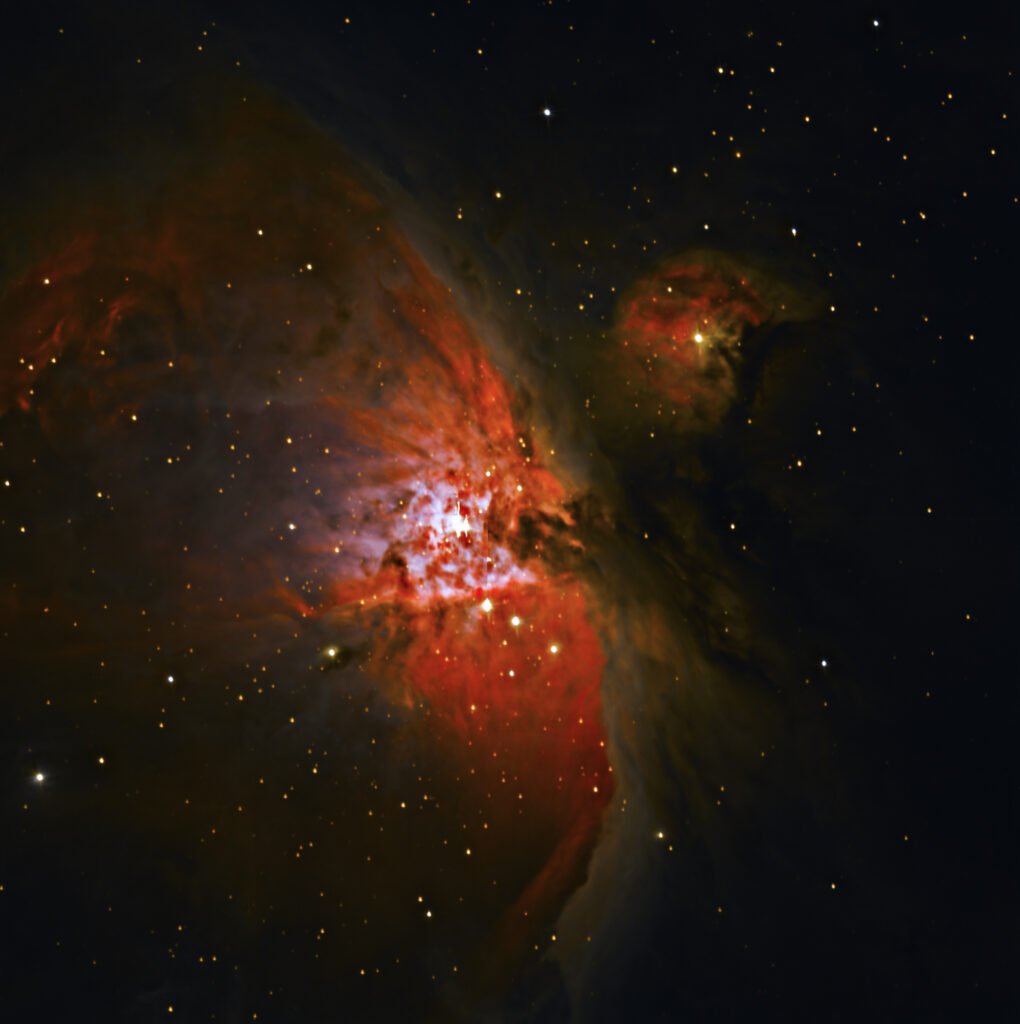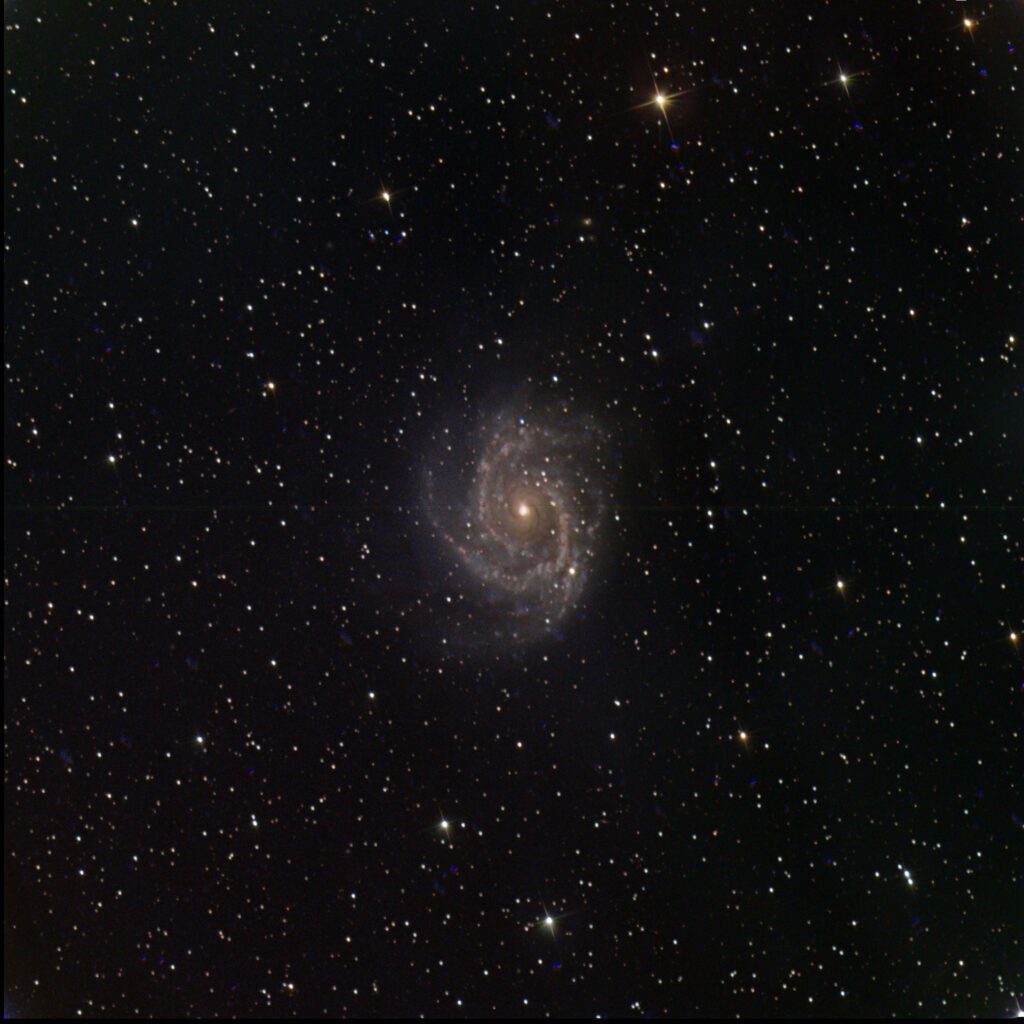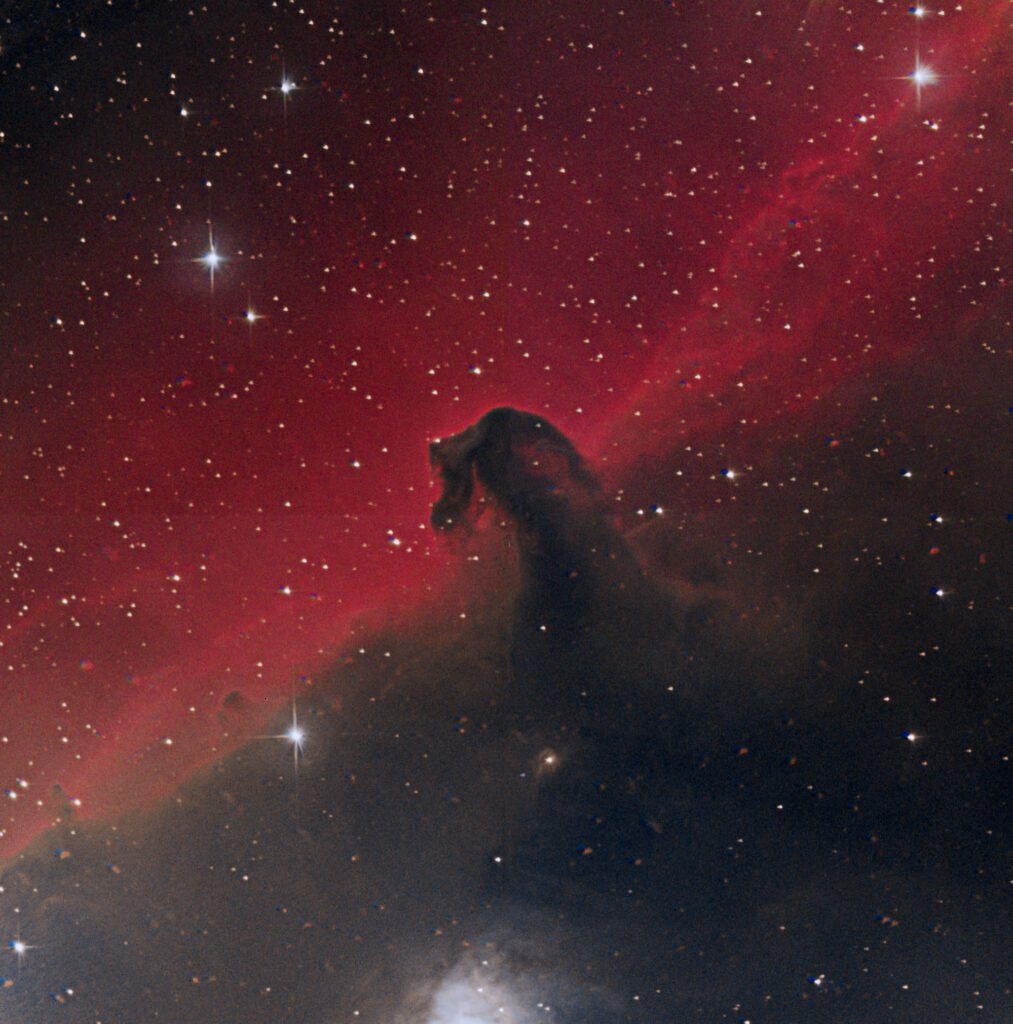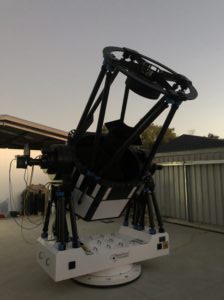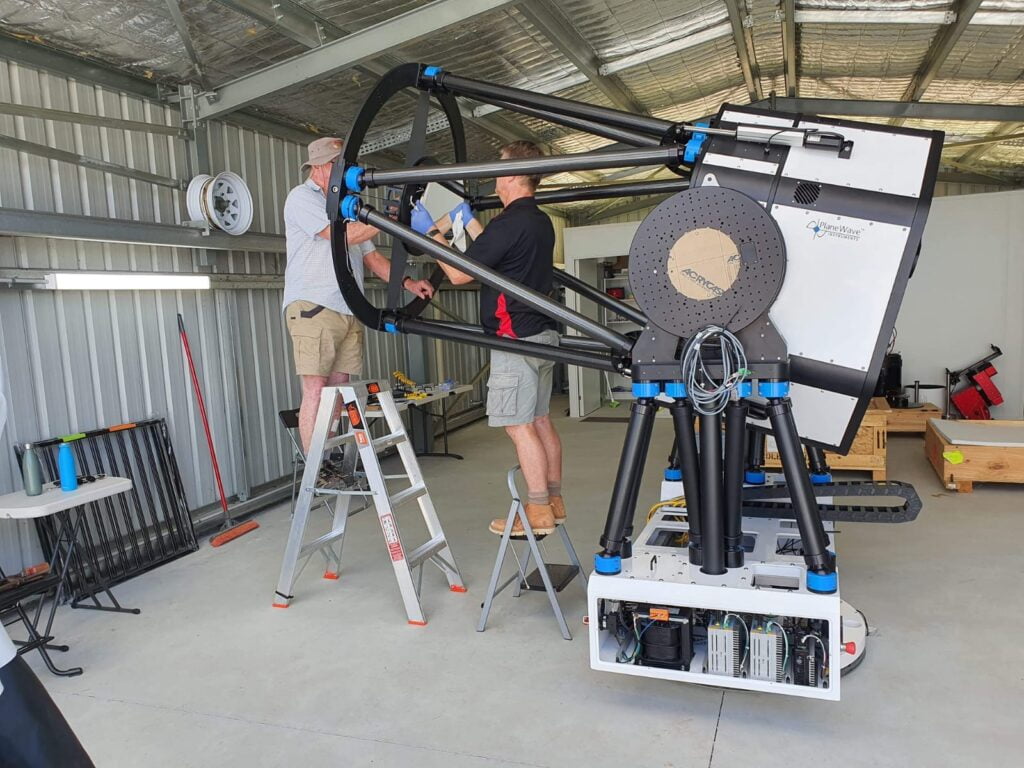The SPIRIT program has grown, thanks to a 1m class telescope donated by Mr Colin Eldridge. The new telescope has been installed at ICRAR’s Mardella Observatory as part of our SPIRIT education initiative. The first light images were a collaboration between SPIRIT Program Manager Paul Luckas and telescope donor Colin Eldridge – we think you’ll agree they are beautiful photographs of our night sky.
- The Orion Nebula taken by Paul Luckas while testing the new SPIRIT 6 telescope, and processed by Colin Eldridge.
- The spiral galaxy NGC 2997 taken by Paul Luckas while testing the new SPIRIT 6 telescope, and processed by Colin Eldridge.
- The Horsehead Nebula taken by Paul Luckas while testing the new SPIRIT 6 telescope, and processed by Colin Eldridge.
SPIRIT 6 boasts a one metre mirror, the largest of all the SPIRIT telescopes, and will be a fantastic resource for teaching Science, Technology, Engineering, and Maths (STEM) in schools after it finishes beta testing. It offers a 28 arc minute field of view and a default resolution of 0.83 arc seconds per pixel. To enable a variety of imaging techniques, it’s equipped with a filter wheel containing Clear, Red, Green, Blue, Ha (5nm), B and V filters.
This telescope will operate in scheduled mode, with users requesting images and monitoring operations via the familiar web-based interface used by existing SPIRIT users. Images will be taken over the course of the night while you rest, and are delivered to you in the morning.
Professional astronomers and astrophysicists aren’t the only people who can use this web-enabled robotic telescope – it will be accessible to educators, students and researchers in Western Australia and beyond. Our gratitude and thanks to Colin for this exceptional donation.
If you would like to start using SPIRIT 6 during beta testing, please get in touch through the SPIRIT website. You can also check out a time lapse of the SPIRIT 6 install at Mardella Observatory.
About the SPIRIT program
The SPIRIT initiative provides students access to the same tools used by professional astronomers to discover the Universe for themselves. Any school in Western Australia can access SPIRIT–all they need is an internet connection. The interface allows students to control the telescope with nothing more than a browser. Students can ‘drive’ the telescope, get images of celestial objects in real time and conduct real science. They can also schedule images to be acquired while they sleep, which are taken unattended and made available for download the following morning.
